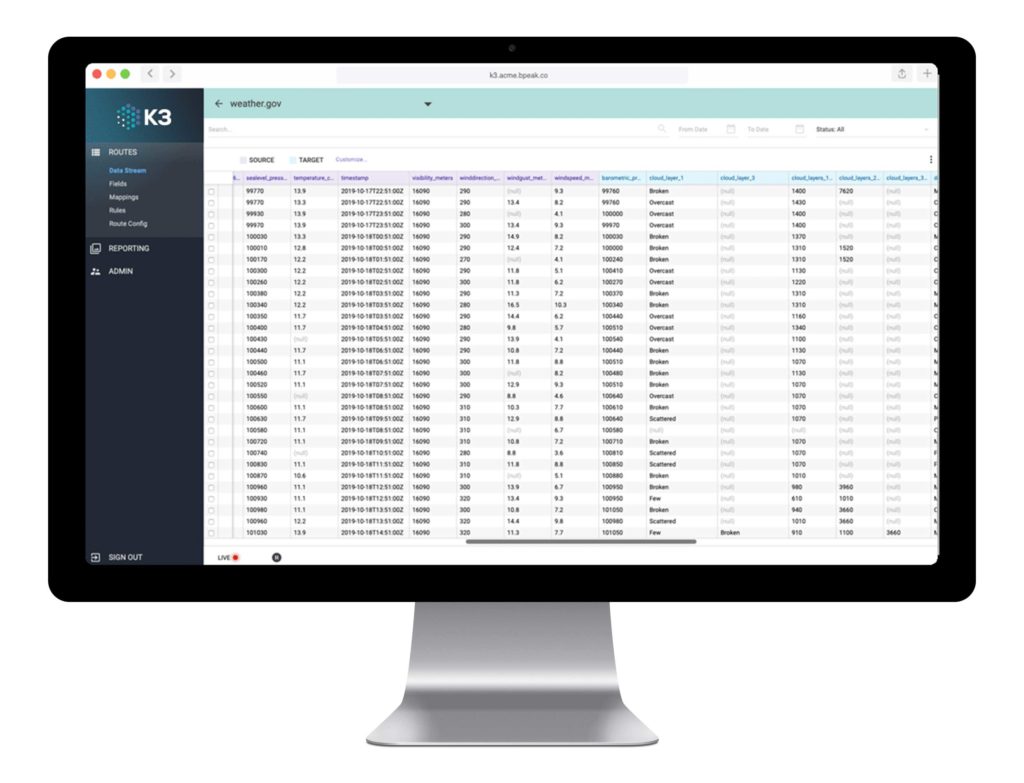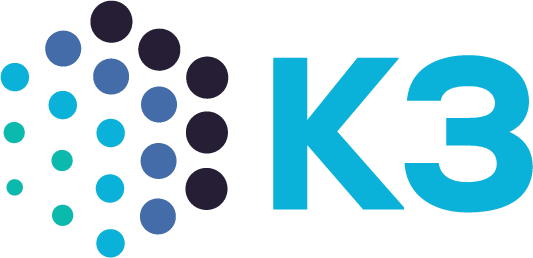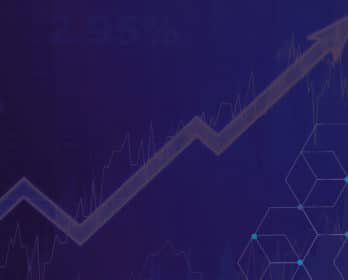As companies increasingly shift data management away from data warehouses to the more flexible data lakes, managers involved in business response engineering must exercise caution. While data lake creation using K3 data transformation can fundamentally transform your business, achieving data migration the right way is more important than ever to create a trusted lake.
Let’s examine what makes a data lake “trusted,” and how that trust can greatly affect the operations of your business, allowing you to get more out of your BI investment.
Data Lakes Vs Trusted Lakes
As we’ve discussed previously, a data lake is a data store that allows you to upload and manage virtually any type of data, including:
- Unstructured Data
- Semi-Structured Data
- Structured Data
From CSV to XLSX to images and videos and beyond, data lakes created using k3 data integration can truly accept all types of data.
From CSV to XLSX to images and videos and beyond, data lakes created using k3 data integration can truly accept all types of data.
This makes them a powerful and useful tool not only for business analysts, but for data scientists and anyone relying on data for their job duties.
The customization options and flexibility of data lakes make them an increasingly popular choice for data management—and a challenge for those using data lakes of an ever-expanding size. When employees can store literally any type of data on their data lake, companies run the risk of creating a “data swamp.”
PRO TIP:
Avoid creating a data swamp by implementing rules on who can access your data lake, and under what circumstances.Why Create Trusted Lakes?
Trusted lakes stand in contrast to data swamps. These specific types of data lakes are governed by some key fundamentals, including:
- Data filtering—While data lakes can accept any type of data, filtering ensures that the data uploaded are of the highest quality.
- Metadata—trusted lakes use metadata to help users search for the right kind of data. Even simple tags such as “tweet” or timestamps can ensure a trusted lake doesn’t turn into a data swamp.
- Data governance—in theory, any user can access any type of data within a data lake. Yet this organizational system is risky, as it quickly creates an unwieldy data management system. Having rules in place for data governance that decide which users are allowed to access which data keeps your trusted lake running smoothly.
Having rules in place for data governance that decide which users are allowed to access which data keeps your trusted lake running smoothly.
The Best Trusted Lake Vendors
Any well-maintained data lake, governed by the above rules, can become a trusted lake. You may consider a number of data lake vendors, including:
How k3 Helps Create Trusted Lakes
When it comes to data management, Broadpeak Partners ETL tools work with data lakes to create powerful k3 data integration solutions that de-silo your data organization. Avoid the dreaded ‘data swamp’ with Broadpeak Partners data integration. Getting started is as simple as requesting a demo today to start your data migration using k3.








